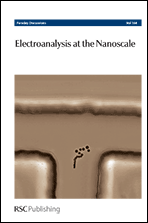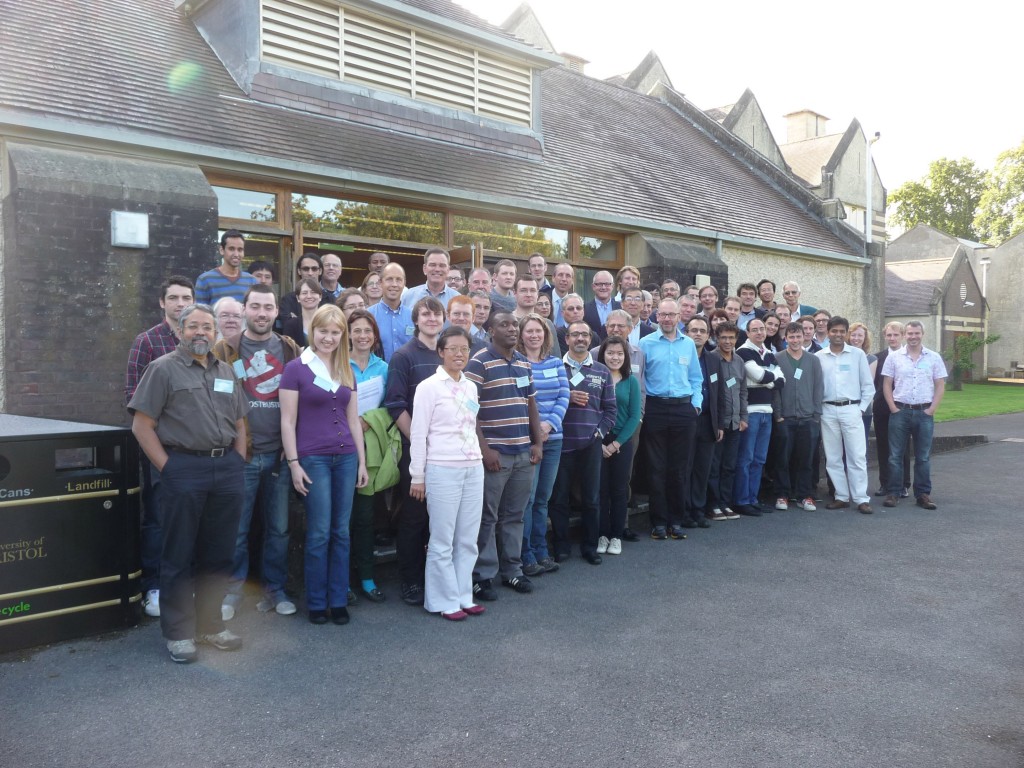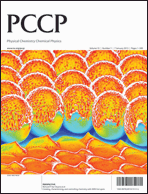
Call for oral abstracts – deadline 11 November 2013
We invite you to join us for Faraday Discussion 173, which will cover:
• Optoelectronics and spectroscopy, electronic properties
• Functional materials and theory
• Applications, composites, nanoelectronic devices
• Functionalisation, separation, solvation and assembly
Submit your abstract today
Speakers include:
• Pulickel M. Ajayan, Rice University
• Mary Chan, Nanyang Technological University
• Toshiaki Enoki, Tokyo Institute of Technology
• Vladimir Falko, Lancaster University
• Andrea Ferrari, University of Cambridge
• Andreas Hirsch, Universität Erlangen-Nürnberg
• Ian Kinloch, University of Manchester
• Nazario Martin, Universidad Complutense de Madrid
• Matthew Rosseinsky, University of Liverpool
• Alan Windle, University of Cambridge
You may be interested in these recently published articles in the area of carbon nanomaterials. You can read them for free for a limited period by clicking on the links below.
These articles are from some of Faraday Discussions’ sister. These journals are published by the Royal Society of Chemistry on a not-for-profit basis for the benefit of the whole scientific community.
FREE: Production of heavily n- and p-doped CVD graphene with solution-processed redox-active metal–organic species
Sergio A. Paniagua, Jose Baltazar, Hossein Sojoudi, Swagat K. Mohapatra, Siyuan Zhang, Clifford L. Henderson, Samuel Graham, Stephen Barlow and Seth R. Marder
Mater. Horiz., 2014, Advance Article
DOI: 10.1039/C3MH00035D, Communication
FREE: Graphene synthesis: relationship to applications
Rebecca S. Edwards and Karl S. Coleman
Nanoscale, 2013,5, 38-51
DOI: 10.1039/C2NR32629A, Review Article
FREE: Prospects for graphene–nanoparticle-based hybrid sensors
Perry T. Yin, Tae-Hyung Kim, Jeong-Woo Choi and Ki-Bum Lee
Phys. Chem. Chem. Phys., 2013,15, 12785-12799
DOI: 10.1039/C3CP51901E, Perspective
FREE: Diels–Alder reactions for carbon material synthesis and surface functionalization
Nicolas Zydziak, Basit Yameen and Christopher Barner-Kowollik
Polym. Chem. , 2013,4, 4072-4086
DOI: 10.1039/C3PY00232B, Review Article
FREE: Advanced porous carbon electrodes for electrochemical capacitors
Li Li Zhang, Yi Gu and X. S. Zhao
J. Mater. Chem. A, 2013,1, 9395-9408
DOI: 10.1039/C3TA11114H, Feature Article
FREE: The interplay between carbon nanomaterials and amyloid fibrils in bio-nanotechnology
Chaoxu Li and Raffaele Mezzenga
Nanoscale, 2013,5, 6207-6218
DOI: 10.1039/C3NR01644G, Review Article
Karl Coleman and the rest of the Scientific Committee look forward to welcoming you and your colleagues to London in September 2014 for New Advances in Carbon Nanomaterials: Faraday Discussion 173.
Comments Off on Faraday Discussion 173: New Advances in Carbon Nanomaterials – call for oral abstracts



















